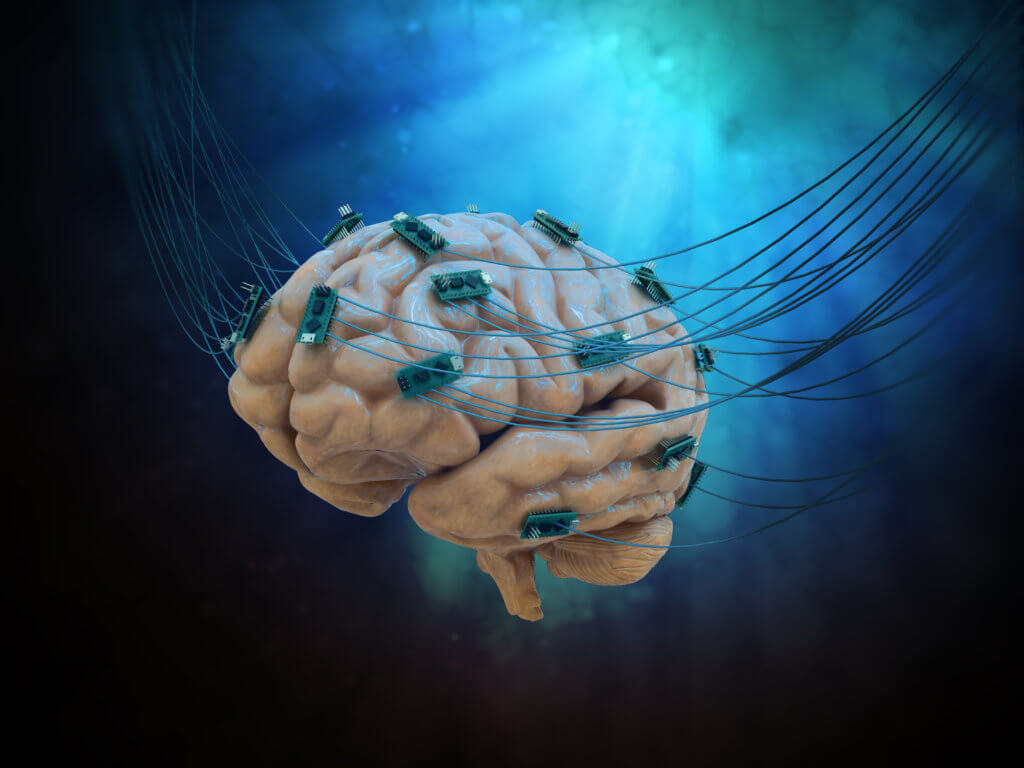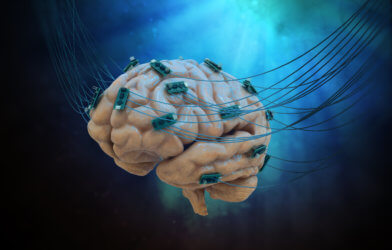For decades, doctors and scientists have worked towards the hope that paralyzed humans could one day regain feeling and movement in their limbs. Now, a team of researchers from Stanford University and Seoul National University in South Korea are one step closer to that dream after restoring muscle movements in paralyzed mice using organic artificial nerves.
After spinal cord injuries, various attempts have been made to treat damaged nerves, including surgery and medication. Nerve function, however, remains almost impossible to restore.
Functional electrical stimulation (FES) is one treatment currently used in clinical practice. Computer-controlled signals direct the application of electrical stimulation to induce contractions in muscles that are no longer controlled by the patient. The result is functional movements confined to a specific space. FES is unsuitable, however, for use in daily life, because it uses complex digital circuits and bulky, external computers.
To solve the problem, the research team succeeded in controlling leg movements of mice using artificial nerves, without complex circuits and bulky external computers. The stretchable, low-power, organic, nanowire device emulates the structure and function of nerve fibers. The artificial nerve consists of a strain sensor, a proprioceptor which detects muscle movements, an organic artificial synapse that simulates a biological synapse, and a hydrogel electrode for transmitting signals to the leg muscles.
The researchers adjusted the movement of the mouse legs and the contraction force of the muscles according to the action potentials transmitted to the artificial synapse. The system functions in a manner similar to that of a biological nerve. The artificial synapses create smoother and more natural leg movements than the FES.
In addition, the artificial proprioceptor detects the leg movement of the mouse and gives real-time feedback to the artificial synapse to prevent muscle damage due to excessive leg movement.
The researchers succeeded at enabling paralyzed mice to kick a ball, and to walk or run on a treadmill. The research team also demonstrated the applicability of artificial nerves for voluntary movement via artificial synapses.
Researchers discovered a new application for neuromorphic technology. It is attracting attention as a next-generation computing device by emulating the behavior of a biological neural network. The researchers demonstrated that the neuromorphic field can be used not only in computing but in various fields such as biomedical engineering and biotechnology.
“Neural damage is still considered a big scientific challenge from the past to the present despite the remarkable advances in medicine, and without a new breakthrough, it will remain a hard-to-solve problem in the future,” says Prof. Tae-Woo Lee, of the Department of Materials Science and Engineering at Seoul National University, in a statement. “This research provides a new breakthrough in overcoming nerve damage in an engineering way using neuromorphic technology, not biomedical methods. An engineering approach to overcoming nerve damage will open a new path to improving the quality of life for those suffering from related diseases and disorders.”
The stretchable artificial nerve may present new solutions for nerve damage in humans, such as spinal cord injury, peripheral nerve damage, and diseases characterized by nerve degeneration, such as Parkinson’s disease and Huntington’s disease.
The study is published in Nature Biomedical Engineering.












